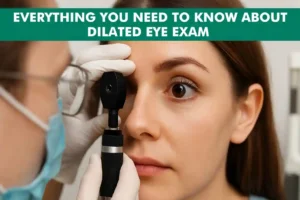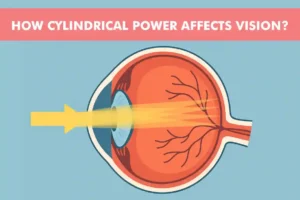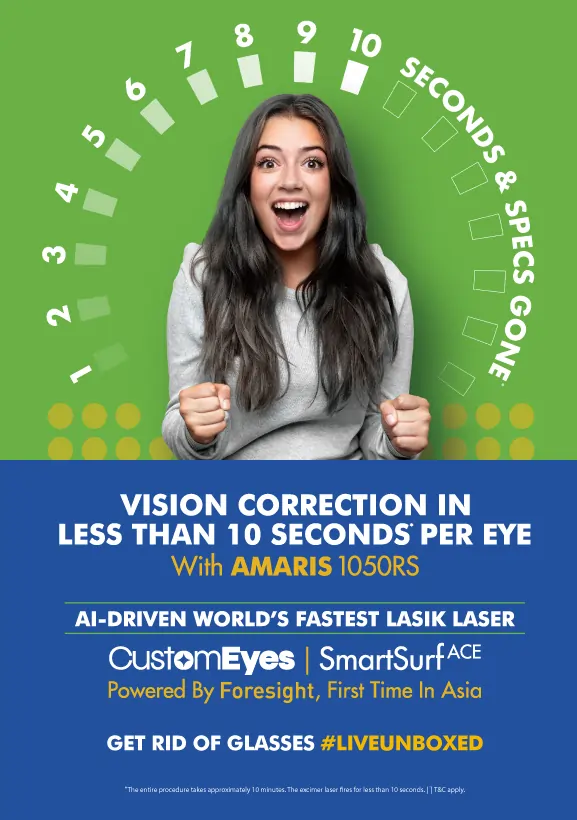
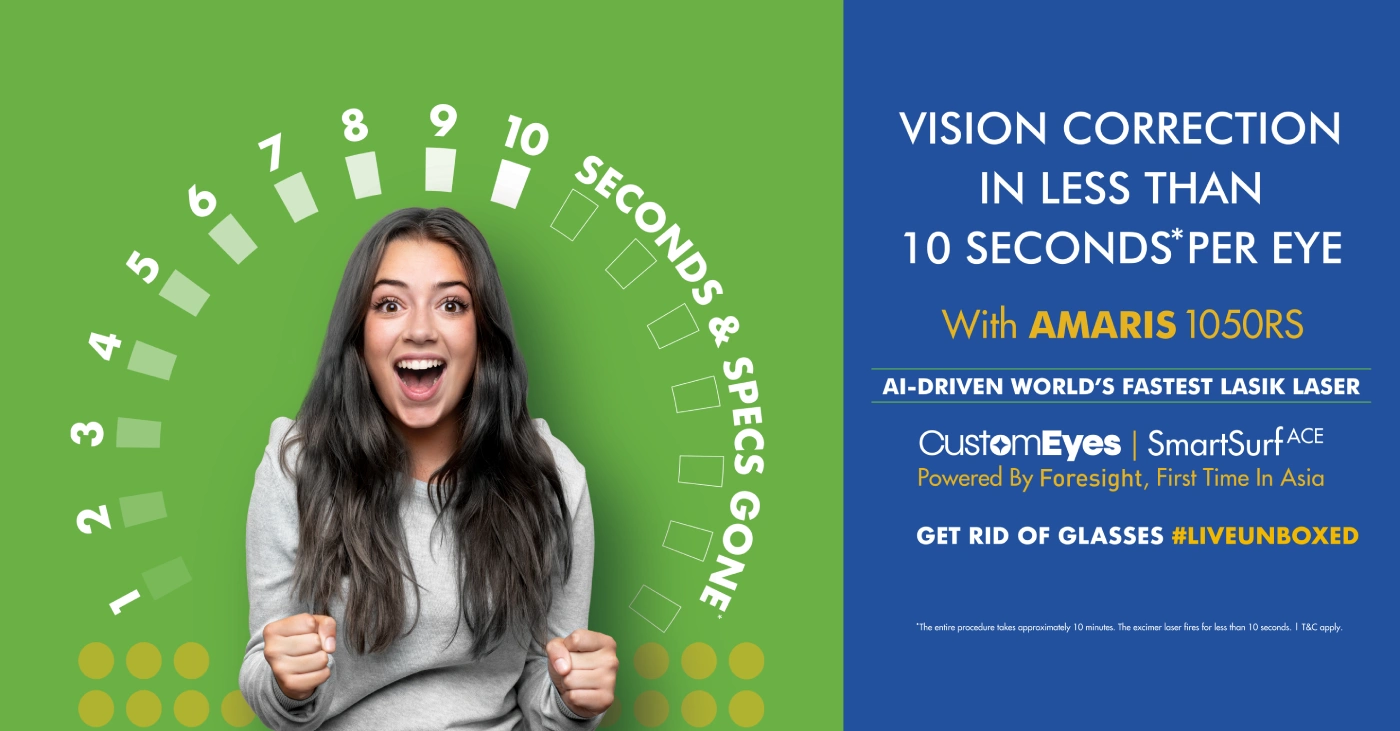

Tick off your bucket list without hesitation
Remember those river-rafting and rock-climbing plans you ditched because of your fear of knocking off your specs?
Well, it’s time to leave the specs box behind. With PLANET LASIK’s range of eyecare specialities, you can finally go on any adventure you like and #LiveUnboxed.
Unveil your true self with confidence
If your best version is shut behind your glasses, then it’s time to shut your glasses in the box forever and begin to #LiveUnboxed.
Visit PLANET LASIK and unleash the real you with the help of our range of specs-removal procedures available under one roof.


Be free to pursue your dreams
Athletics, Defence, Airline Pilot, and many more. Eyeglasses are the biggest barrier to so many dream careers.
But not to yours! With PLANET LASIK’s range of eyecare specialities, you can finally throw away the specs box and begin to #LiveUnboxed.
Confused about which specs removal procedure to go for?
Let us help you find the one that will suit you the most!
From SILK, SMILE, CONTOURA VISION to LASIK, PLANET LASIK brings complete refractive solutions under one roof.
If you are confused about which procedure to choose, book an Appointment with us.
Happy Stories
What patrons have to say

RJ Krutika
I am feeling very light and relaxed after the surgery. I used to feel tired from wearing contacts and glasses, but now there is a sense of relief. I would recommend the SMILE procedure to everyone who wants to eliminate SPECS from their lives.

Bipasha Basu
Seven years back, I used to wear eyeglasses & contact lenses, but then I got SMILE Eye Surgery done at Centre for Sight. The entire procedure was seamless & quick, and even my vision was completely restored. It really transformed my life! So, don't hide your beautiful eyes behind eyeglasses. It's time to #BeSpecsFree.

Sakshi Ujwal
I think I made the wisest decision by choosing SMILE Laser Eye Surgery! Thanks, Centre for Sight, for giving me endless smiles.
About us
At PLANET LASIK, we believe that your life shouldn’t get boxed in with your specs. And that’s why we are here to help you go specs-free!
Powered by the industry-leading super-speciality eyecare hospital Centre for Sight, we are a one-stop destination for innovative vision correction procedures.
OUR SERVICES
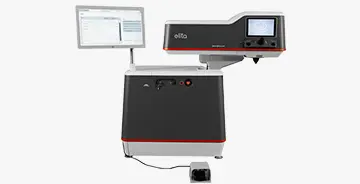
SILK
A next-gen laser vision correction method that corrects myopia & astigmatism and offers superhuman vision of 6/5.
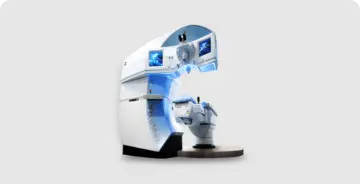
SMILE
A highly advanced and minimally invasive, blade-free laser vision correction technique that corrects Myopia (Nearsightedness) with outstanding results.
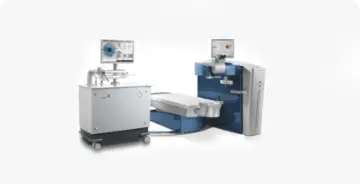
Contoura Vision
A next-gen laser vision correction method that corrects myopia & astigmatism and offers superhuman vision of 6/5.
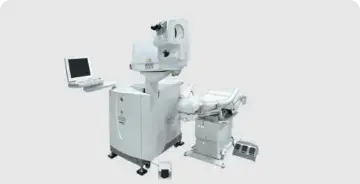
Femto Lasik
Developed in the early 1990s, this resolves vision problems by reshaping the size of the cornea.
Make every moment count
Go for Planet Lasik by Centre For Sight

OUR EYE SPECIALISTS

Dr. Mahipal S Sachdev
New Delhi

Dr. Bharat R Thoumungkan
New Delhi

Dr. Ritika Sachdev
New Delhi

Dr. Raghav Malik
New Delhi


